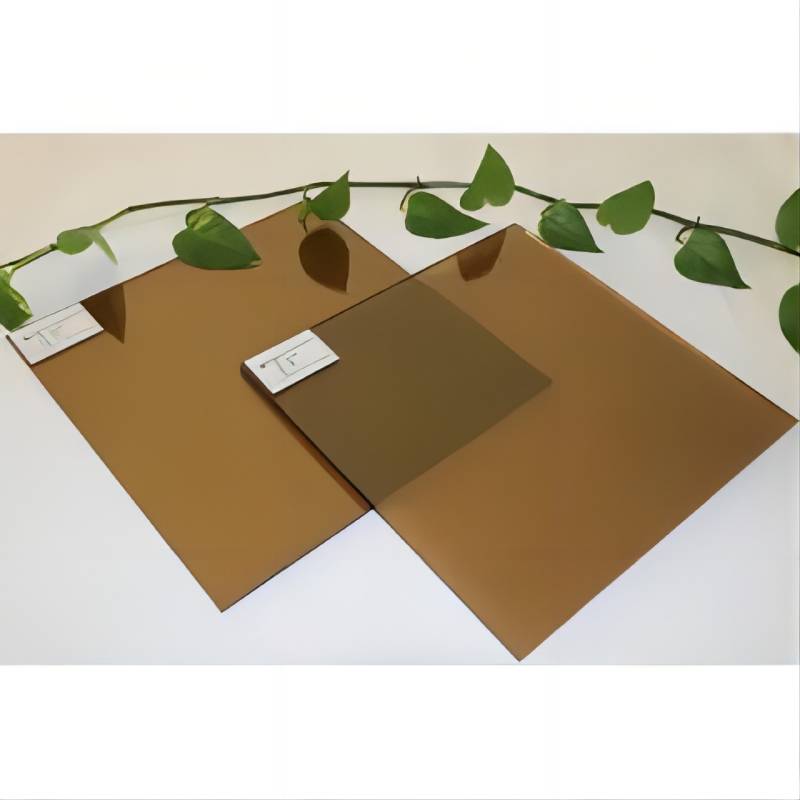The Art of Acid Glass A Fusion of Chemistry and Craftsmanship
Acid glass, often synonymous with etching, represents a fascinating intersection between art and chemistry. The technique of creating acid glass has been utilized for centuries, yielding stunningly beautiful pieces that are both functional and decorative. This article delves into the world of acid glass, exploring its history, methods, and significance in contemporary artistry.
At its core, acid glass is achieved through the process of glass etching, wherein a glass surface is treated with hydrofluoric acid. This chemical reaction creates a frosted appearance by selectively dissolving the surface layer of the glass, resulting in intricate designs and patterns. The origins of glass etching date back to ancient Egypt, where artisans would use abrasives to achieve similar effects. However, the advent of acid etching revolutionized the craft, allowing for more detailed and delicate designs that were previously unattainable.
The process of creating acid glass involves several precise steps. First, a stencil or resist is applied to the glass surface, covering areas that are not meant to be etched. This can be done using adhesive vinyl, wax, or other protective materials. Once the design is in place, the glass is submerged in a solution of hydrofluoric acid. The acid works swiftly, eating away at the exposed areas of the glass, while the protected sections remain untouched. After a carefully monitored duration, the glass is removed, rinsed thoroughly, and the resist is peeled away, revealing the stunning contrast between the frosted etching and the clear glass.
acid glass
Acid glass is not limited to decorative objects; it is also utilized in functional items such as glassware, vases, and window panes. The versatility of this medium allows artists to explore a wide range of themes and techniques. From floral patterns and geometric shapes to more abstract designs, the creativity expressed in acid glass art is virtually limitless.
In recent years, acid glass has gained renewed popularity as enthusiasts and collectors seek unique, handcrafted items that tell a story. Contemporary artists are pushing the boundaries of traditional techniques, experimenting with color, layering, and mixed media. This fusion of old and new has resulted in a vibrant community of glass artists who are dedicated to keeping the craft alive and evolving.
Moreover, acid glass serves as a compelling medium for the expression of deeper themes and narratives. Artists often use their work to comment on societal issues, nature, or personal experiences. The fusion of light and glass creates a dynamic interplay that can evoke emotions and provoke thought, making acid glass not only an aesthetic choice but also a meaningful one.
In conclusion, acid glass is an art form that merges science and creativity, offering a unique lens through which to appreciate both the material and the message. As this craft continues to evolve, it remains a testament to the innovative spirit of artists who embrace the challenges and joys of working with glass. Whether as a functional piece or an ornamental work of art, acid glass captivates and inspires, encouraging both admiration and contemplation in those fortunate enough to experience it.
 Afrikaans
Afrikaans  Albanian
Albanian  Amharic
Amharic  Arabic
Arabic  Armenian
Armenian  Azerbaijani
Azerbaijani  Basque
Basque  Belarusian
Belarusian  Bengali
Bengali  Bosnian
Bosnian  Bulgarian
Bulgarian  Catalan
Catalan  Cebuano
Cebuano  Corsican
Corsican  Croatian
Croatian  Czech
Czech  Danish
Danish  Dutch
Dutch  English
English  Esperanto
Esperanto  Estonian
Estonian  Finnish
Finnish  French
French  Frisian
Frisian  Galician
Galician  Georgian
Georgian  German
German  Greek
Greek  Gujarati
Gujarati  Haitian Creole
Haitian Creole  hausa
hausa  hawaiian
hawaiian  Hebrew
Hebrew  Hindi
Hindi  Miao
Miao  Hungarian
Hungarian  Icelandic
Icelandic  igbo
igbo  Indonesian
Indonesian  irish
irish  Italian
Italian  Japanese
Japanese  Javanese
Javanese  Kannada
Kannada  kazakh
kazakh  Khmer
Khmer  Rwandese
Rwandese  Korean
Korean  Kurdish
Kurdish  Kyrgyz
Kyrgyz  Lao
Lao  Latin
Latin  Latvian
Latvian  Lithuanian
Lithuanian  Luxembourgish
Luxembourgish  Macedonian
Macedonian  Malgashi
Malgashi  Malay
Malay  Malayalam
Malayalam  Maltese
Maltese  Maori
Maori  Marathi
Marathi  Mongolian
Mongolian  Myanmar
Myanmar  Nepali
Nepali  Norwegian
Norwegian  Norwegian
Norwegian  Occitan
Occitan  Pashto
Pashto  Persian
Persian  Polish
Polish  Portuguese
Portuguese  Punjabi
Punjabi  Romanian
Romanian  Russian
Russian  Samoan
Samoan  Scottish Gaelic
Scottish Gaelic  Serbian
Serbian  Sesotho
Sesotho  Shona
Shona  Sindhi
Sindhi  Sinhala
Sinhala  Slovak
Slovak  Slovenian
Slovenian  Somali
Somali  Spanish
Spanish  Sundanese
Sundanese  Swahili
Swahili  Swedish
Swedish  Tagalog
Tagalog  Tajik
Tajik  Tamil
Tamil  Tatar
Tatar  Telugu
Telugu  Thai
Thai  Turkish
Turkish  Turkmen
Turkmen  Ukrainian
Ukrainian  Urdu
Urdu  Uighur
Uighur  Uzbek
Uzbek  Vietnamese
Vietnamese  Welsh
Welsh  Bantu
Bantu  Yiddish
Yiddish  Yoruba
Yoruba  Zulu
Zulu 

